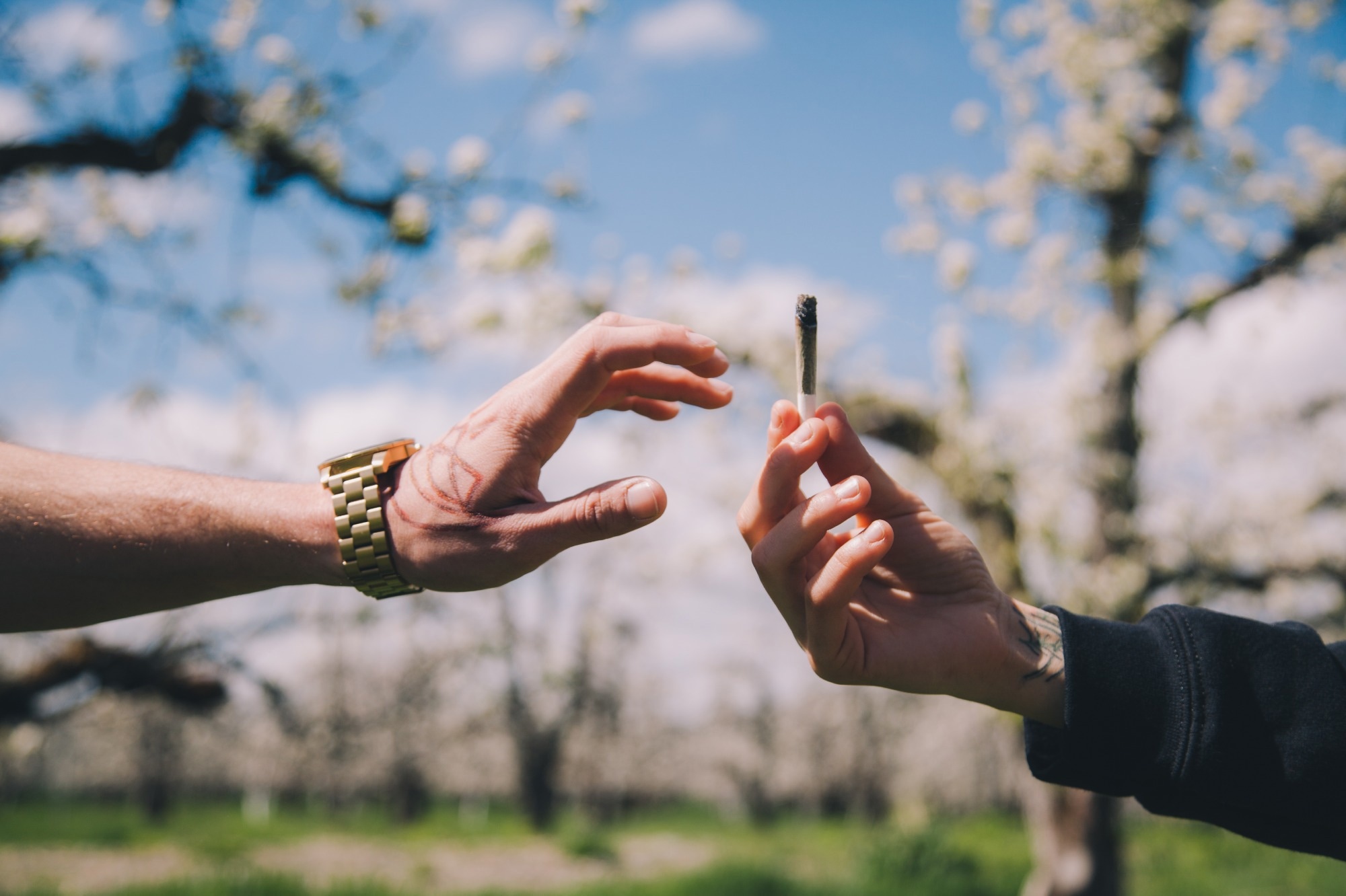
Cannabis legalization leads to surprising shifts in youth usage patterns
A recent JAMA Network Open study discusses changes in the frequency of cannabis use and its consequences in a sample of high-risk young adults in Canada.
 Study: Cannabis Use Frequency and Cannabis-Related Consequences in High-Risk Young Adults Across Cannabis Legalization. Image Credit: Canna Obscura / Shutterstock.com
Study: Cannabis Use Frequency and Cannabis-Related Consequences in High-Risk Young Adults Across Cannabis Legalization. Image Credit: Canna Obscura / Shutterstock.com
Background
The legalization of recreational cannabis use leads to an increase in the frequency of its use and several adverse consequences, especially among young adults between 18 and 29 years of age. These young adults are particularly vulnerable, as the consumption of cannabis and alcohol often co-occurs, which leads to further adverse consequences. Despite this, few studies have analyzed patterns of cannabis use in this population.
Several American studies that analyzed the impacts of legalization on young adults presented mixed results. Although some studies documented that following legalization, the frequency of cannabis use increased, most studies have not reported a statistically significant increase.
Although young adults consume more cannabis than other age groups, there remains a lack of research on this population. This is particularly true for longitudinal studies investigating legalization's various impacts.
Longitudinal data aid in estimating rates of change in cannabis use, characterization of within-person changes, and identifying factors influencing cannabis use, such as income or sex.
About the study
The current study addresses these research gaps by longitudinally studying a cohort of young adults with a history of substance use pre-legalization. The primary aim was to explore the relationship between cannabis legalization, frequency of cannabis use, and adverse consequences. The secondary aim was to examine factors influencing cannabis use, such as sex, education, income, and the frequency of use pre-legalization.
The cohort comprised young adults in Ontario, Canada, between 19.5 and 23 years of age. About 65% of the study participants reported cannabis use in the previous month and regular heavy episodic drinking at enrollment.
Between February 2017 and February 2020, study participants were surveyed every four months. This provided researchers with three pre-legalization and four post-legalization waves.
Key findings
The study sample consisted of 619 participants, with the mean and standard deviation of age being 21 and 1.2 years, respectively. About 56% of participants were female, and 53% had a bachelor's degree at the most recent time point. Among 33% of participants, occasional cannabis use was the most common pre-legalization.
Overall, a decrease in cannabis use was observed, which is consistent with substance use patterns in this age group in the absence of any policy change. The observed changes were not significantly affected by cannabis legalization.
Most frequent cannabis users in the pre-legalization period were associated with a significant decline in its use post-legalization. Consequently, a marked reduction in cannabis-related adverse consequences was also reported.
Comparatively, non-users in the recent period of pre-legalization increased their use over time. However, this group was not associated with an increased risk of adverse consequences.
Importantly, complete non-users in the pre-legalization period were associated with no significant increases in consequences or use post-legalization. Since an increase in use was observed for a sub-group and no marked reduction was noted, the determinants of cannabis use in young adults must be further studied.
Strengths and limitations
The current study is the first longitudinal analysis of the impact of Canadian cannabis legalization on young adults that included multiple pre- and post-legalization time points. Due to these unique features, the study design is well-suited to be applied in other jurisdictions, as legalization policies could vary across regions.
The current study did not consider the general population and only included those who used cannabis pre-legalization. Arguably, these individuals are of most interest; however, the study findings do not apply to the general population, as legalization may have altered patterns of cannabis use and consequences in groups not included in this study sample. A fundamental limitation was the lack of a control group to study the effects of legalization in a natural experiment setting.
Conclusions
Frequent cannabis users in the pre-legalization period reduced use post-legalization and, as a result, were associated with fewer cannabis-related adverse consequences. This finding is consistent with the well-documented aging-out patterns of substance use.
Comparatively, individuals not using cannabis in the pre-legalization period reported a modest but significant increase in use over time. Given these patterns, more longitudinal studies are needed to analyze the effects of cannabis legalization further and devise evidence-based public policies.
- Doggett, A., Belisario, K., McDonald, A. J., et al. (2023) Cannabis Use Frequency and Cannabis-Related Consequences in High-Risk Young Adults Across Cannabis Legalization. JAMA Network Open 6(9). doi:10.1001/jamanetworkopen.2023.36035
Posted in: Medical Science News | Medical Research News | Healthcare News
Tags: Aging, Alcohol, Cannabis, Education, Frequency, Research

Written by
Dr. Priyom Bose
Priyom holds a Ph.D. in Plant Biology and Biotechnology from the University of Madras, India. She is an active researcher and an experienced science writer. Priyom has also co-authored several original research articles that have been published in reputed peer-reviewed journals. She is also an avid reader and an amateur photographer.